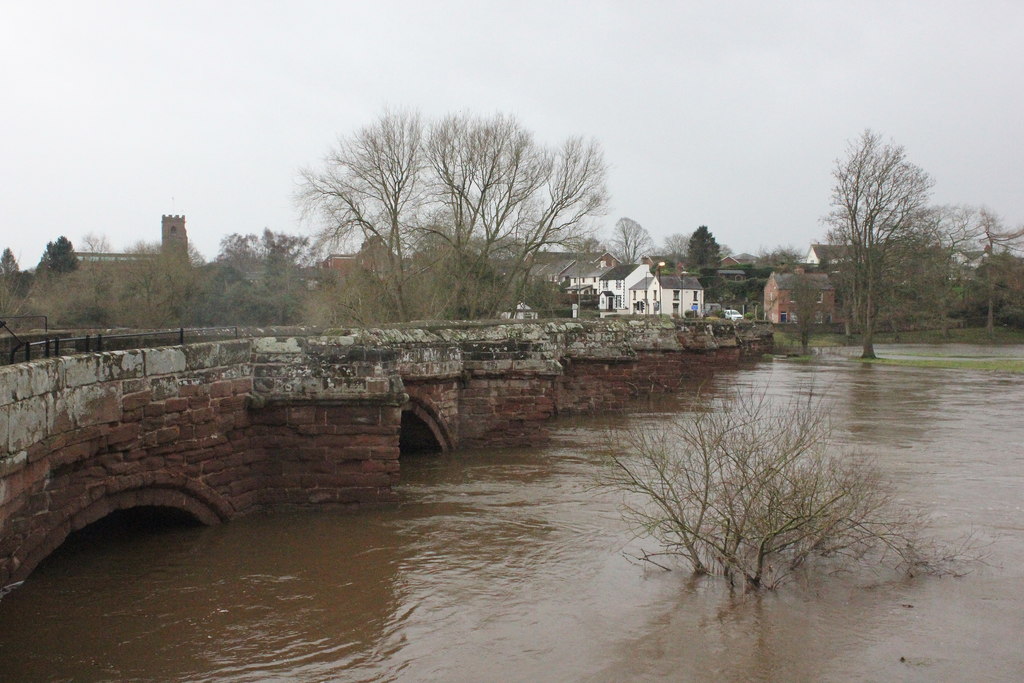Flood mapping key to future development in Wales
Contents |
[edit] Introduction
Collaboration and sustainable development that works with nature were important messages from the 19th Wales National Flooding Conference.
Three key messages formed the cornerstone of the Wales National Flooding Conference held in October 2021: no future building on areas which are liable to flooding; a collaborative approach to flood risk management; and sustainable options that work well with nature.
Julie James, Minister for Climate Change in Wales, opened the conference with a stark warning. She stated, "Severe weather events are becoming more frequent. Planning needs to take into consideration a flood map, depicting future climate change."
To illustrate this point further, the minister advised that the new Technical Advice Note (TAN) 15, by the Welsh Government, is being published on 1 December 2021. The TAN directs development away from greenfield to brownfield sites, with the emphasis on building resilient developments.
Wales is believed to be the first country in the UK, and possibly worldwide, to introduce planning policy based on maps showing the impact of climate change on flood risk areas.
[edit] Collaboration is vital to success
An important thread across all sessions was the need for collaboration from all involved parties.
This extended from authorities and communities to individuals. Project failure as a result of climate change denial in certain sectors was shown as an important factor to overcome.
Collaboration, however, leads to project success, and was illustrated in the upgrade of community areas and the extended facilities for a future generation.
[edit] Work with nature not against it
During the final session, The Natural Capital Approach and Natural Flood Management (NFM) were discussed. The Natural Capital Approach looks at how nature is helping the environment and its benefits.
Research was shown that studying the landscape of an area and basing decisions on its natural resources plays a vital role for the sustainability and success of a scheme.
Examples of NFM, the practice of using natural processes to reduce the risk of flooding and coastal erosion, were given. These included: restoring bends in rivers, changing the way land is managed so soil can absorb more water and creating salt marshes on the coast to absorb wave energy.
It was also announced that NFM has been extended for another year in Wales due to the COVID-19 crisis.
Keith Jones, director ICE Wales Cymru, said, "This conference has highlighted the immediate need for an informed approach to planning in Wales. In order to avoid flooding and to achieve a sustainable environment for the future, it is vital that these key messages are heard and acted upon now."
The 19th Wales Flooding Conference was organised by ICE and the Chartered Institution of Water and Environmental Management (CIWEM), and supported by Welsh Government, Natural Resources Wales and Cardiff University. It was attended virtually by leading organisations in flood risk management from across the globe and held across three days (19- 21 October 2021).
Organisers plan to release recordings of each session.
This article originally appeared on the News and Insight portion of the ICE website. It was written by Belinda Thomas and published on 29 October 2021.
--The Institution of Civil Engineers
[edit] Related articles on Designing Buildings
Featured articles and news
The UK's Modern Industrial Strategy: A 10 year plan
Previous consultation criticism, current key elements and general support with some persisting reservations.
Building Safety Regulator reforms
New roles, new staff and a new fast track service pave the way for a single construction regulator.
Architectural Technologist CPDs and Communications
CIAT CPD… and how you can do it!
Cooling centres and cool spaces
Managing extreme heat in cities by directing the public to places for heat stress relief and water sources.
Winter gardens: A brief history and warm variations
Extending the season with glass in different forms and terms.
Restoring Great Yarmouth's Winter Gardens
Transforming one of the least sustainable constructions imaginable.
Construction Skills Mission Board launch sector drive
Newly formed government and industry collaboration set strategy for recruiting an additional 100,000 construction workers a year.
New Architects Code comes into effect in September 2025
ARB Architects Code of Conduct and Practice available with ongoing consultation regarding guidance.
Welsh Skills Body (Medr) launches ambitious plan
The new skills body brings together funding and regulation of tertiary education and research for the devolved nation.
Paul Gandy FCIOB announced as next CIOB President
Former Tilbury Douglas CEO takes helm.
UK Infrastructure: A 10 Year Strategy. In brief with reactions
With the National Infrastructure and Service Transformation Authority (NISTA).
Ebenezer Howard: inventor of the garden city. Book review.
The Grenfell Tower fire, eight years on
A time to pause and reflect as Dubai tower block fire reported just before anniversary.
Airtightness Topic Guide BSRIA TG 27/2025
Explaining the basics of airtightness, what it is, why it's important, when it's required and how it's carried out.
Construction contract awards hit lowest point of 2025
Plummeting for second consecutive month, intensifying concerns for housing and infrastructure goals.
Understanding Mental Health in the Built Environment 2025
Examining the state of mental health in construction, shedding light on levels of stress, anxiety and depression.























